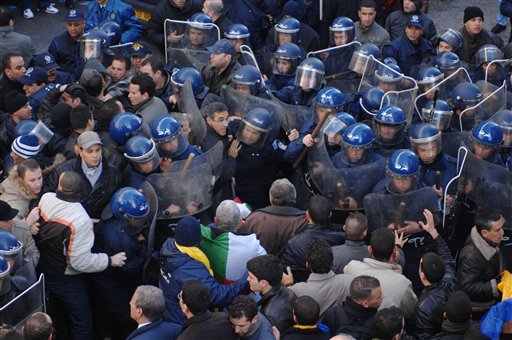Fierce fighting broke out between Yemen’s army and tribesmen who back anti-regime protesters in the strife-torn country’s second city of Taez, witnesses said.
The battles began early on Monday morning and carried on intermittently during the day in a suburb north of Taez, which links the city of four million residents to the tribal areas around it, said the witnesses.
The tribesmen destroyed an army tank and took control of another as fighter jets overflew the area, they said.
Last week, a brief ceasefire between pro-opposition armed tribesmen and security forces had collapsed on Thursday when clashes resumed, leaving one policeman dead.
Tribesmen, who say their aim is to safeguard protesters who demand President Ali Abdullah Saleh stand down, have battled security forces loyal to the leader in Taez since June.
Saleh, who has been in power since 1978, has been receiving treatment in Saudi Arabia since early June for wounds sustained in a bomb blast at his palace.
Protesters have since January been calling for Saleh to quit office.
In a statement on Sunday, Saleh reiterated his appeal for dialogue in a statement for Yemenis on the beginning of the holy Muslim fasting month of Ramadan.
“There is no alternative to dialogue. This is the only way civilised people follow to achieve change and reform,” he said in the message carried by state news agency Saba.
He urged all political forces in Yemen to abandon violence in the hope that Ramadan will return peace and stability to the country.
Saleh’s opponents have been calling for him to be prevented from returning to power.
On Saturday, influential Yemeni tribal leaders announced the creation of what they have named the “Alliance of Yemeni Tribes”, a coalition to bolster six months of anti-Saleh protests.
On July 16, a group of protesters had announced the creation of a 17-member “presidential council” to run Yemen if Saleh quits.
Saleh has repeatedly called for dialogue as a means for resolving his country’s political turmoil, the last of which was on July 18.



















